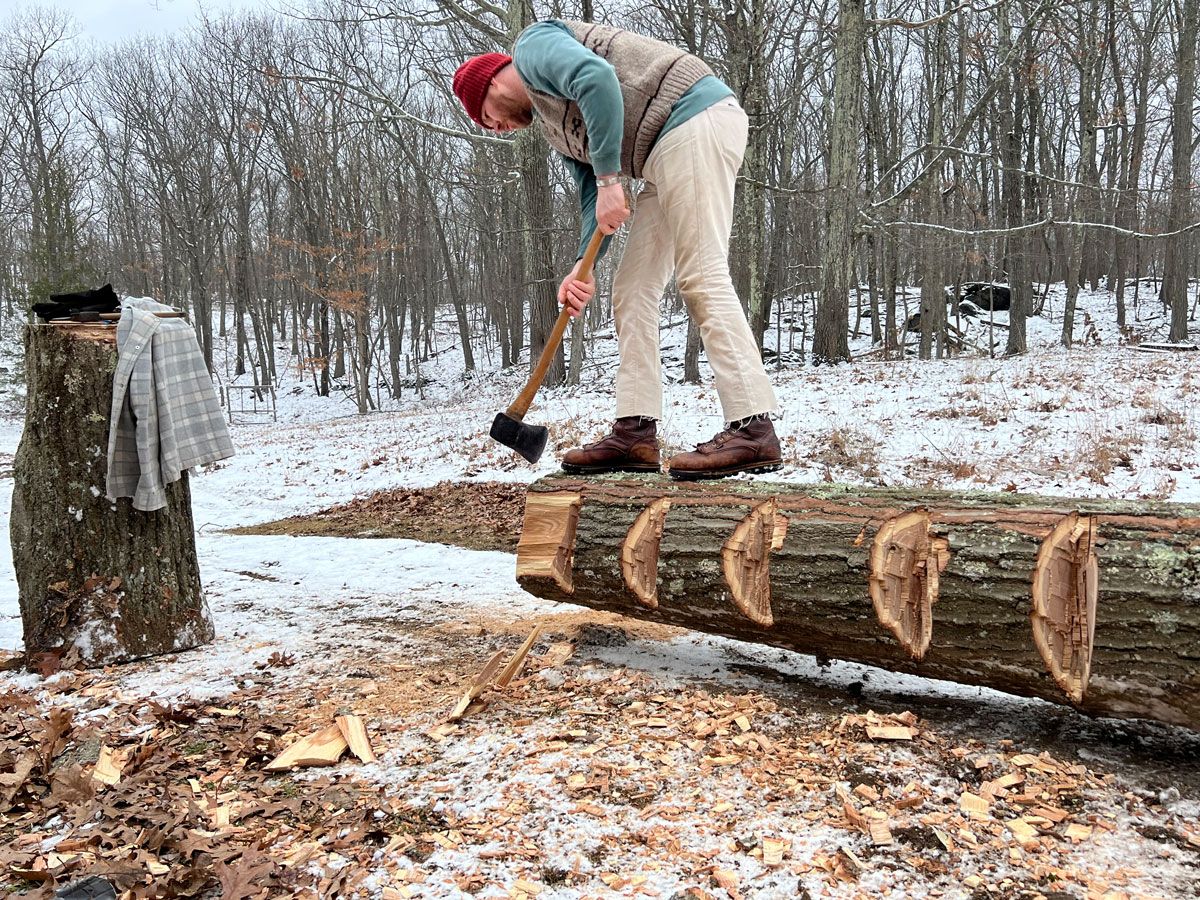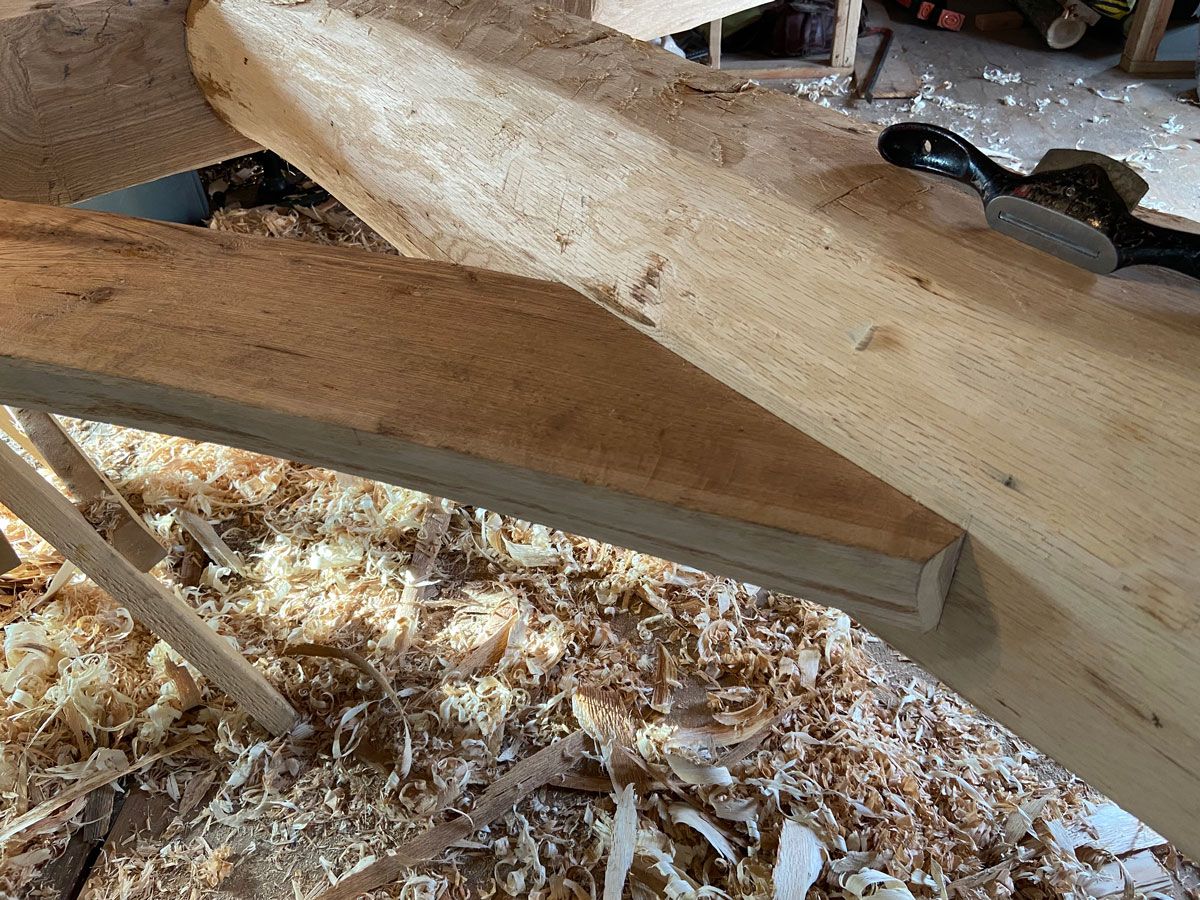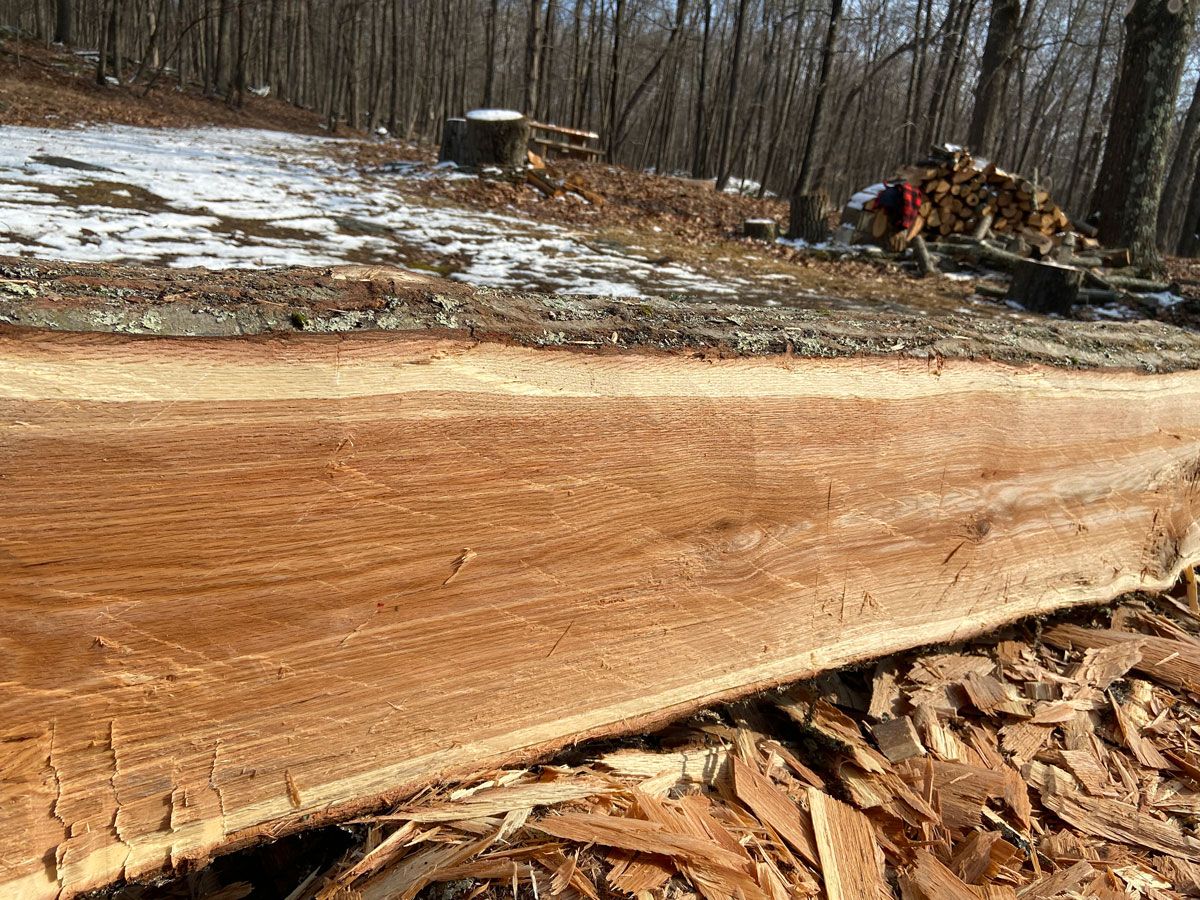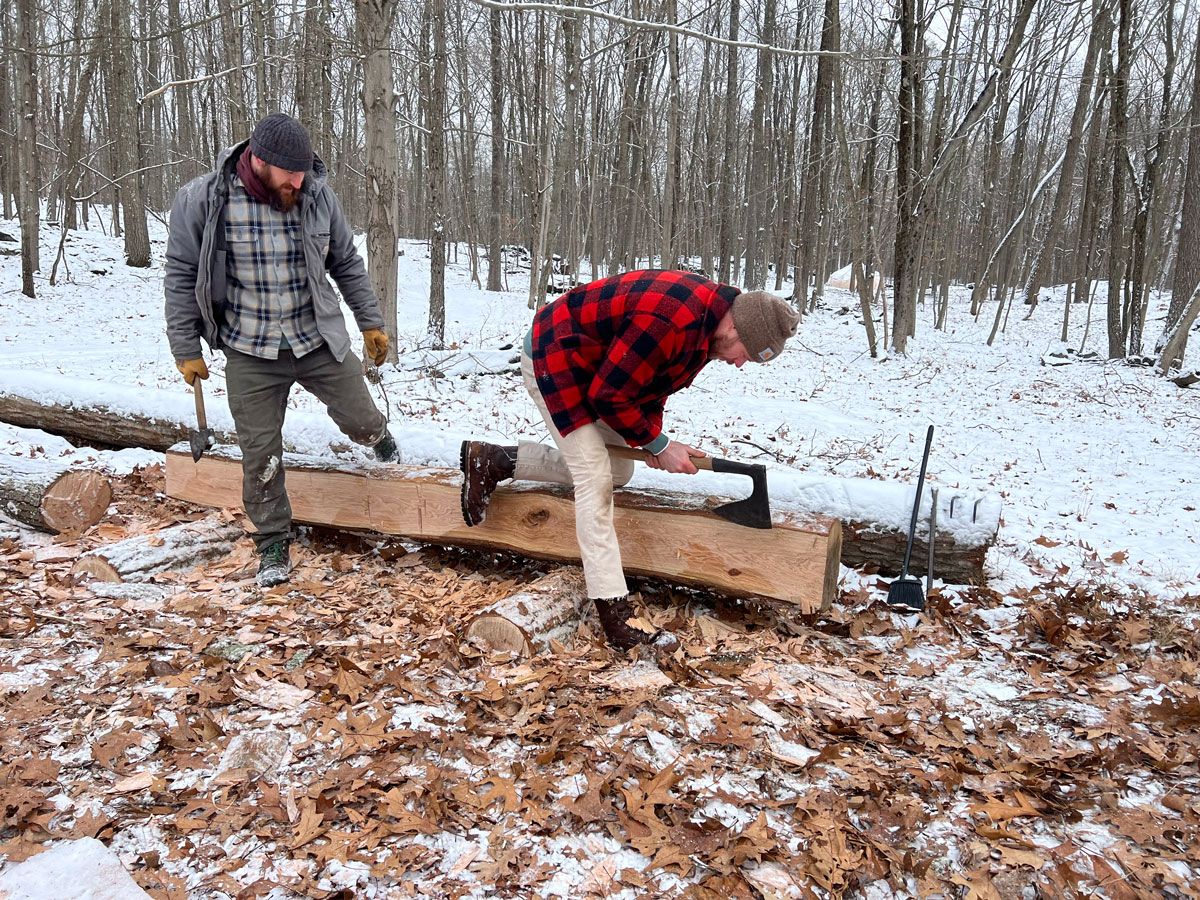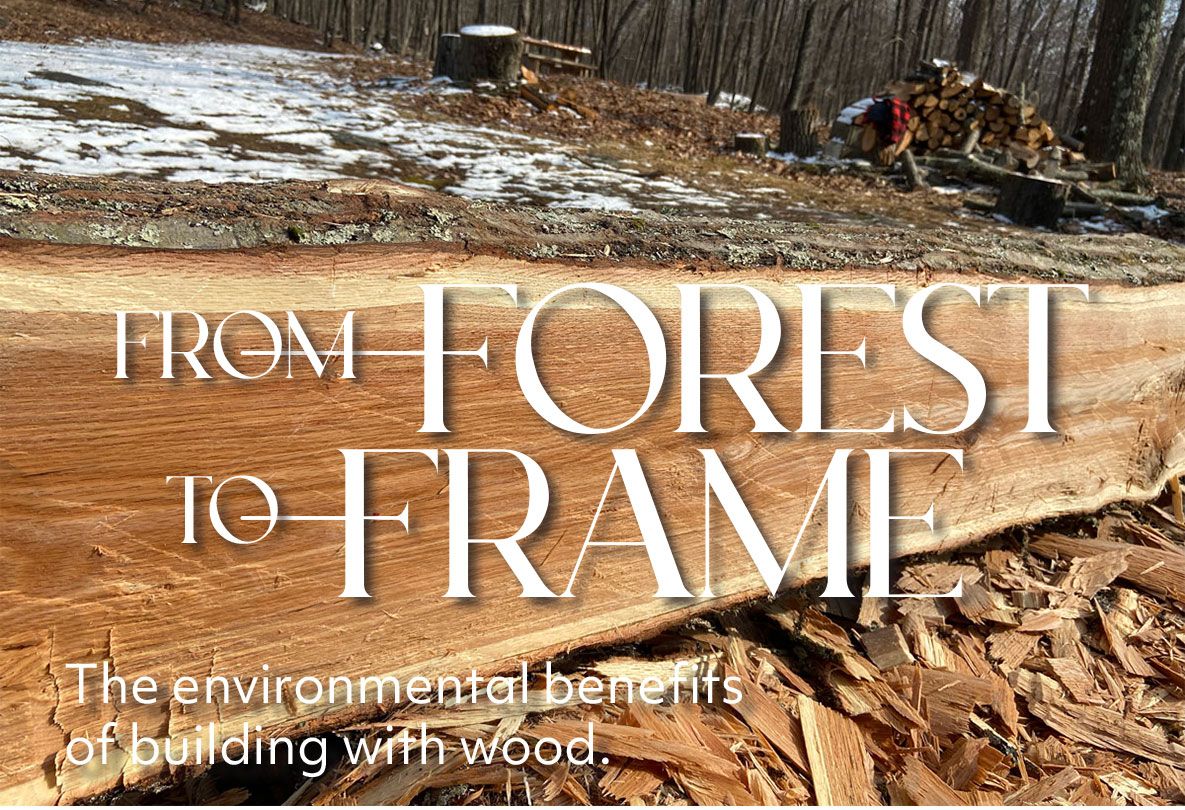
Written By Megin Potter | Photos Provided
Trees are carbon storehouses.
The leaves of growing trees absorb atmospheric carbon dioxide and release oxygen. Trees then keep the leftover carbon locked up, storing emissions for the long-term - even after they have been harvested. Wood is an environmentally responsible building material because that carbon is not released until the wood eventually decays or is burnt.
The environmental impacts of using wood differ however, depending on the tree species’ rate of renewal, how sustainably they are grown and logged, the distance harvested wood products travel, and by which method of transportation.
In New York State’s 19 million acres of forest ecosystems, carbon is also absorbed by downed woody materials and the soils’ organic matter.
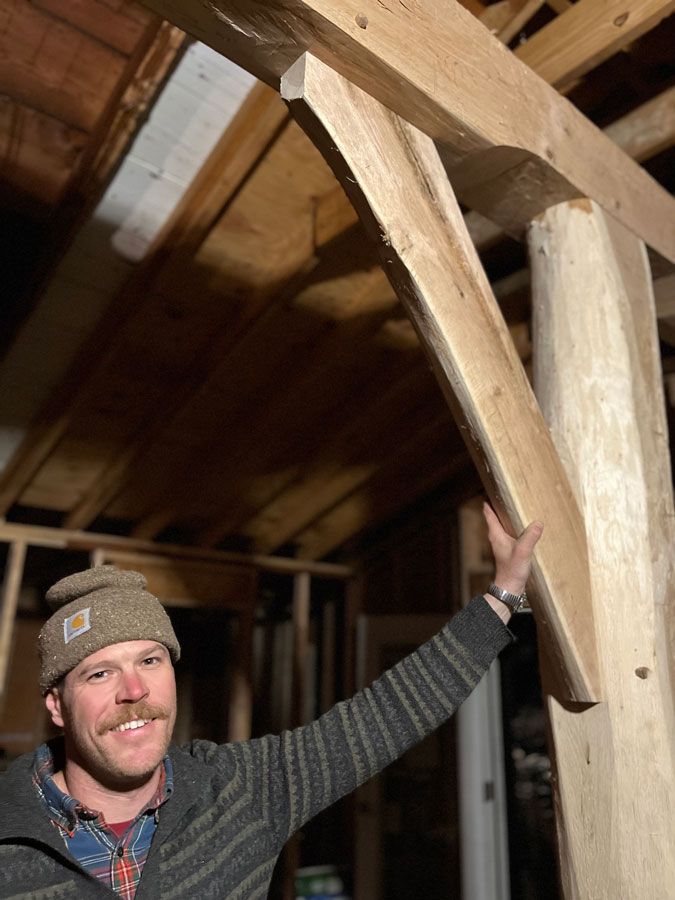
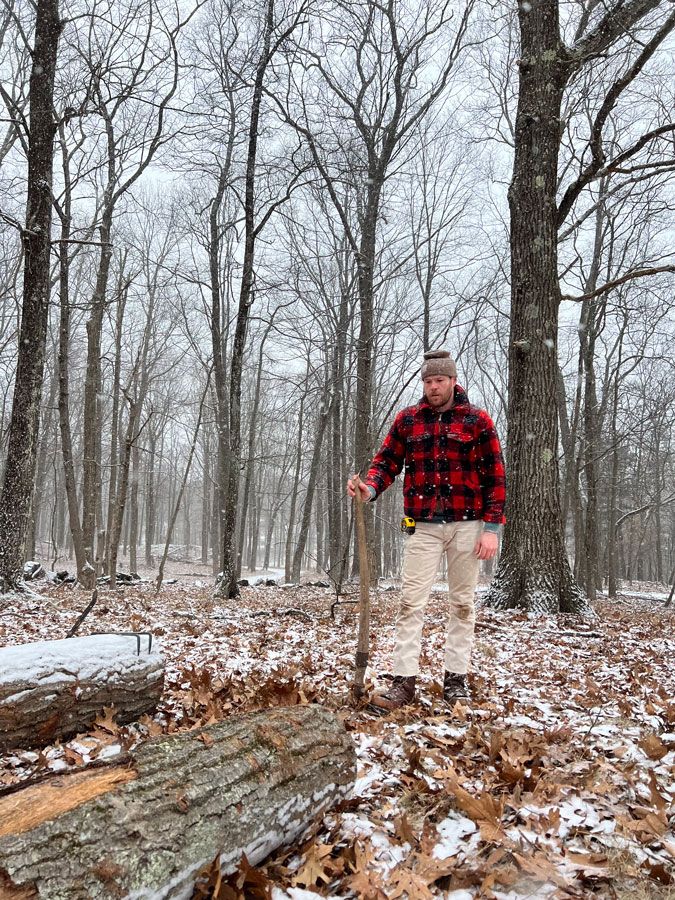
Respecting the Forest
“We must be stewards of the forests,” said Nick Russell, owner of Tall Pine Timber Frames. His business is rooted in the marriage of traditional building techniques with a healthy respect for our place in the natural world.
By hand-selecting trees and sourcing wood from local mills with eco-conscious practices, Tall Pine Timber Frames is taking a community-based, smaller-scale approach to construction centered around responsible forest management.
“We’re not just going to take a tree out of the forest because we want it, it has to fall within the guidelines of certain parameters. We must ask, ‘What impact will it have?’” said Nick.
“There’s a big juxtaposition between what we do and clearcutting a stand when you don’t know how many centuries it may take to grow back,” he continued. “We still have a very limited understanding of the complexities of forests.”
Building Treasured Jewels
Timber frame building is a purposeful, methodic, labor-intensive method where large timbers are connected using hand-built mortise and tenon joinery and hardwood peg construction. This technique does not compromise the woods’ performance, giving these structures the enduring strength to last a very long time. Globally, examples of timber frame buildings remain today. The oldest known timber structure is the Horyuii Temple, built in Nara, Japan in 607 AD. These wooden treasures are jewels that have lasted for 1000 years or more.
“They were built with intent, purpose, and care,” said Nick. “I see Tall Pine Timber Frames as another link in that chain.”
In Norway, ancient builders utilized the trees’ natural resin as a preservative, boiling and applying it to the surfaces of the finished structure. Today, Nick uses oil-based protective sealants including linseed and tung oil, or high-quality, all-natural, non-toxic, penetrating Heritage National Finishes.
Shouldering the Environmental Burden
In a recently completed project downstate, Tall Pine Timber Frames scoured the resident’s 66 acres for the wood needed to add structural elements to an existing cabin.
By removing the insect-damaged portion of downed chestnut and red oak trees, they were able to salvage quality timber from existing resources. The hand-hewn logs were cut into posts, beams, and braces, and assembled in place.
“We are taking a raw material and applying the highest level of skill to it,” said Nick. “We are building a culture, not a commodity.”
This is a stark contrast from the environmental burden of conventional methods where, from raw material to final product, heavily polluting fossil fuels are used for transportation. After softwood logs arrive at a standard mill, they are typically dried in kilns using wood and fossil fuels as heat sources. The USDA estimates the drying process consumes roughly 70 – 80% of the total energy required for producing lumber. The sawing process consumes the highest percentage of electrical energy.
By instead using minimally-invasive techniques, the most energy-intensive part of the building process for Tall Pines Timber Frames comes from the fuel it takes to drive down to the build site.
For more information about Tall Pine Timber Frames, follow them on Instagram or go to www.tallpinetimberframes.com
